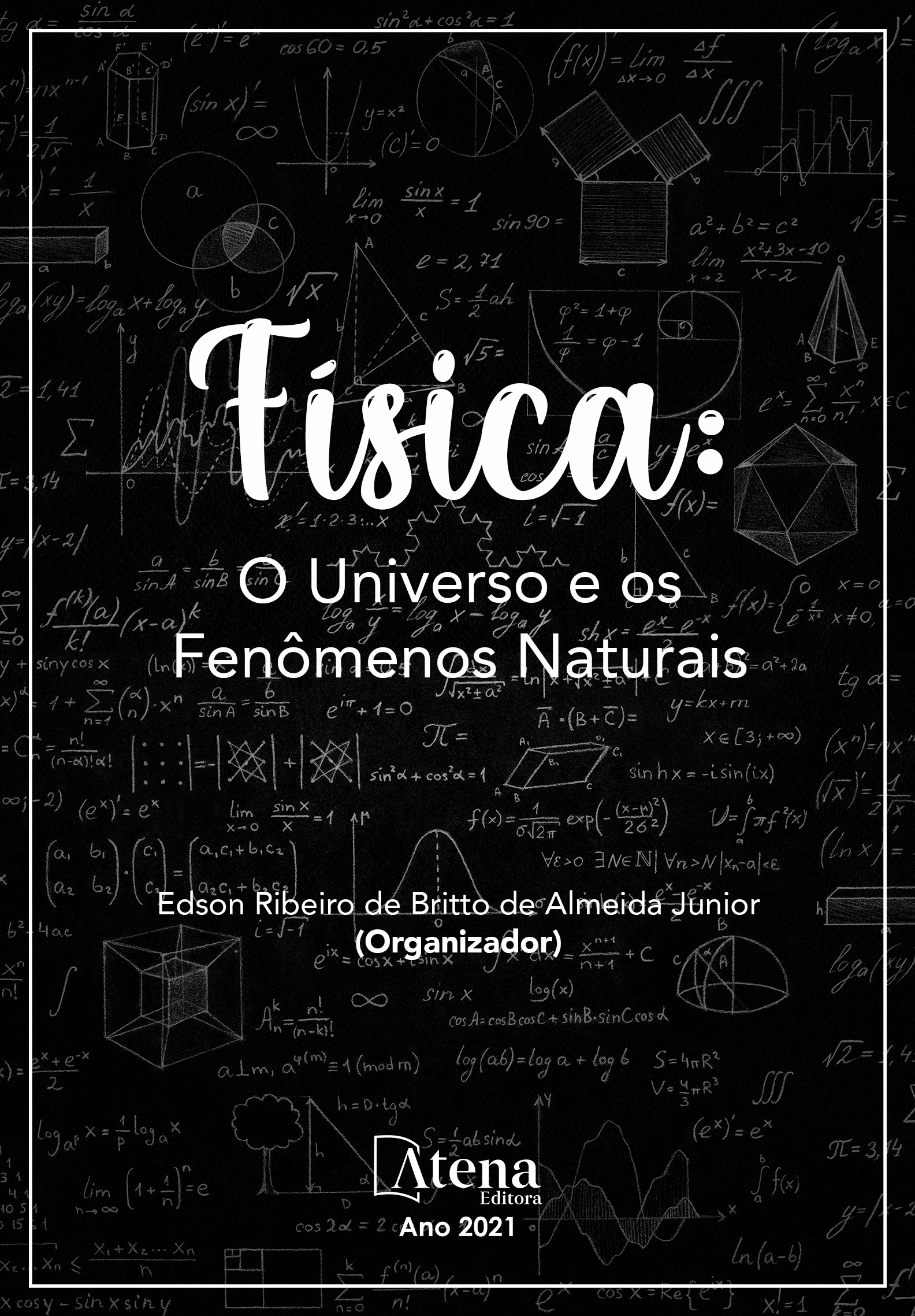
ANALISE ÓPTICA E SIMULAÇÃO NUMÉRICA DA INTERAÇÃO ELÉTRON-BURACO EM POÇO QUÂNTICO DE GaAs COM BARREIRAS DE AlGaAs
No presente trabalho utilizamos parâmetros estruturais conhecidos de um poço quântico de GaAs com barreiras de AlGaAs para simular os níveis de energia, funções de onda e densidade de probabilidade, através de uma solução numérica da Equação de Schrödinger independente do tempo para um poço finito. A partir dos resultados da simulação foi possível calcular a energia de transição elétron-buraco entre o nível fundamental e os primeiros níveis excitados do poço. Com os resultados da interação elétron-buraco para os diferentes níveis energéticos do poço, foi possível confrontá-los com um espectro de fotoluminescência da amostra obtido à 8 K, com o objetivo de identificar se o pico principal do espectro tem origem na transição do nível fundamental, primeiro nível excitado ou segundo nível excitado do poço. Portanto, este trabalho apresenta um exemplo direto e simples na solução de poços de potenciais quânticos reais.
ANALISE ÓPTICA E SIMULAÇÃO NUMÉRICA DA INTERAÇÃO ELÉTRON-BURACO EM POÇO QUÂNTICO DE GaAs COM BARREIRAS DE AlGaAs
-
DOI: 10.22533/at.ed.0352119031
-
Palavras-chave: Poço-quântico, Fotoluminescência, Simulação Numérica.
-
Keywords: Quantum Well, Photoluminescence, Numerical Simulation.
-
Abstract:
In the present work, we used known parameters of a GaAs quantum well with AlGaAs barriers to simulate energy levels, wave functions and probability density, using a numerical solution of the time-independent Schrödinger equation for a finite quantum well. From the results of the simulation, it was possible to calculate the electron-hole transition energy between the fundamental level and the first excited levels of the well. With the results of the electron-hole interaction for the different energy levels of the well, it was possible to compare them with sample´s photoluminescence spectrum obtained at 8 K, in order to identify whether the main peak of the photoluminescence spectrum is related to the transition from the fundamental level, the first excited level or the second excited level of the well. Therefore, this work presents a direct and simple example in the solution of potentials of real quantum wells.
-
Número de páginas: 13
- João Vitor de Souza Paz
- Jesus Maria Herazo Warnes
- Marcio Daldin Teodoro
- Rômulo Ronan Oliveira de Morais
- Leonardo Dias de Souza


